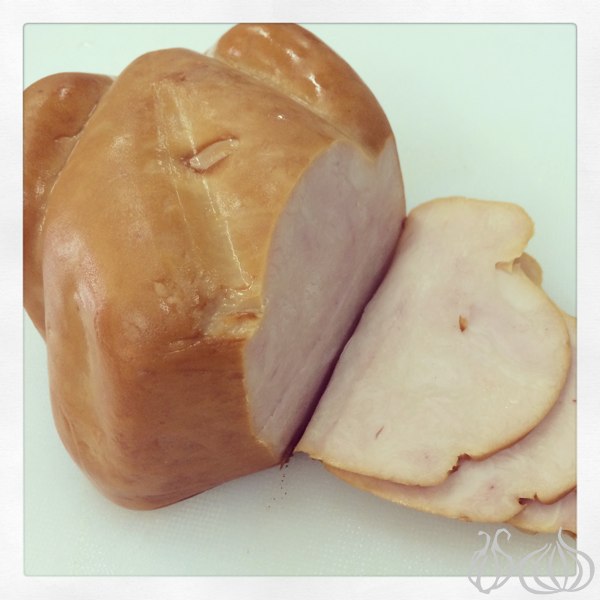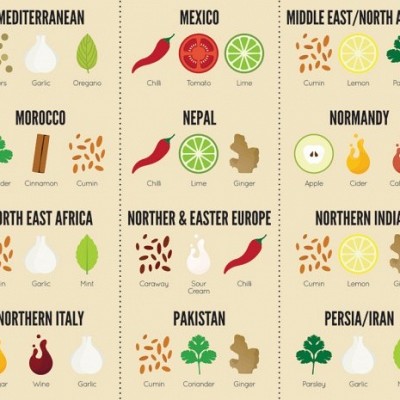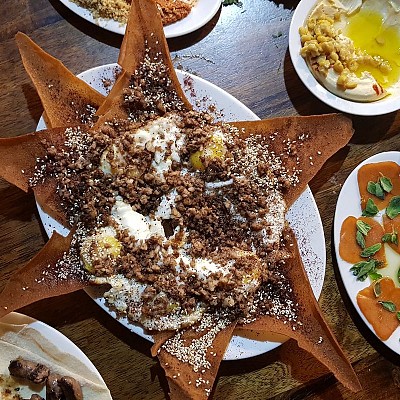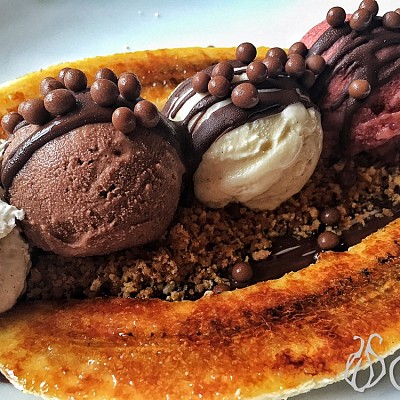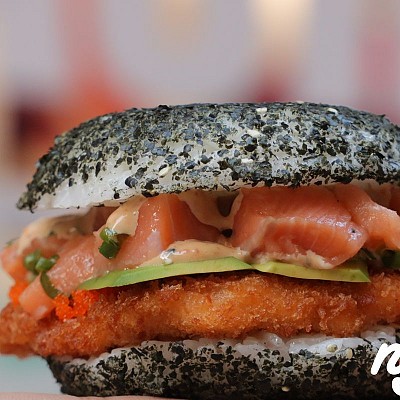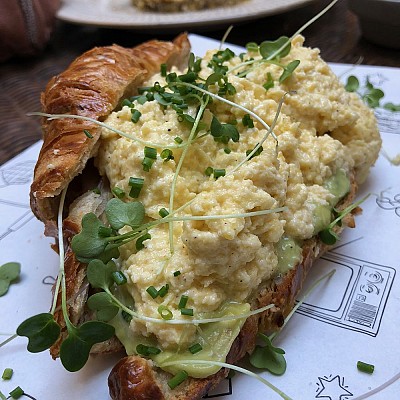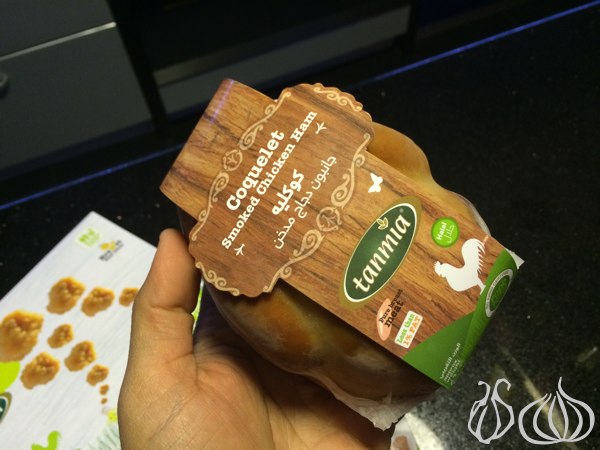I love visiting factories, something I used to organize on a monthly basis for my scouts. I used to love introducing them to how things were produced, showing them how hard and sophisticated the process can be when it comes to innovative products, products that we eat or consume in seconds.

The story started when I received an email from Tanmia proposing to send me some products for a tasting. I didn't want to eat only, I know their products and buy them for my home, but I wanted to know the process behind them. I wanted to investigate the quality of the products, the cleanliness of the factory and the professionalism behind the creation of every item; My proposal was accepted. Tanmia saw the light in 1972, as a chick producer. In 1998, the production department was launched, a factory that specialized in chicken meat production. From the very first steps, the owners wanted to create a unique production place that respected the environment, took care of waste within international standards, from there they would develop a line of products that would fill our freezers. Other than that, Tanmia lately started producing chicken and also meat hotdogs. I was expected at 11am on a beautiful day so went up to Zahle early for some food discoveries before moving on to the main factory in Ablah.
PS: Sorry for not adding any photos. I was not allowed to take any.

The tour started with a small presentation about the company. A very interesting presentation in which I discovered the professionalism and effort put into every detail of the process. What caught my attention is the treatment of waste. Ten tons of waste is treated daily and transformed into a final cooked product weighting six tons. Everything is filtered, only water is left and the solid waste is sold as pig food… Nothing is thrown out in the open. Afterwards I was asked to wear full protective gear covering my hands, head, clothes and face. Down below the offices is the factory. The slaughterhouse is divided into many sections: the fresh line, the cooking facility, homemade line and further processed food.
What caught my attention at the factory:
- They raise their chickens in hygienic farms, safe from contamination
- They feeding the chickens all natural, vegetarian feed
- They limit human contact with raw materials and finished products
- The handling and packing is done professionally to ensure freshness
- They label products accurately to protect the consumer’s interest
The fresh line is where the chicken is slaughtered and prepared. The process starts with something called scalding, where water at 60 degrees is used for the de-feathering process and to get a homogeneous color of the meat. After that chilling goes down to 4 degrees until the belt reaches the dripping room set at -3 degrees. The chickens are separated according to their weight and each falls down automatically into a container destined to follow a certain path on the line. The biggest quantity will go for the automatic deboning machine while others will land on the Shawarma table. The rest goes to the coning line where the last parts of the chicken are separated from the bone before sending what is left to a special machine that transfers it into ground chicken.

Interesting to know:
- Chlorine is used continuously to clean the floor
- Quality of products and safety of employees are their golden rules
- Something called P.A.D. is added to all chicken trays: A spongy sheet which removes bacteria and absorbs unneeded blood
- All employees wear the full protective gear at all times: blue aprons and plastic covers, high shoes, protective gloves, hair nest, mouth cover.
- On top of that to control everything, one quality control man walks around the employees to make sure all is ticking like a clock. A scary phenomenon he is!
- More than 20,000 chicken are processed every day
- All their processed food is produced from chicken filet. Even the nuggets are filled with premium meat and are not left overs, like fast food chains do
In this large room, six lines of tables are organized for a specific job each. One fills the legs, one the chests and another the wings, all done by hand and helped by machines when needed. More than a hundred employees work in a synchronized way, doing a job they master to perfection.
The shawarma station is an interesting part of production:
- A national phenomenon, the shawarma has been given a special section
- Bones are removed and the chicken is opened
- Removal of the head comes next, followed by the feet and legs
- This process takes a specialized worker less than 30 seconds, to finish a chicken and send it to packaging
Breast, wings, complete chicken or parts, the room works at full speed more than 12 hours a day, while the rest of the day is left for cleaning and decontamination. The chicken is now packed but something important has to be taken care of: the inner edible parts of the poultry, the liver and gizzard. Apart from the rest of the meat, the liver and gizzard are removed from the chicken before sending the other parts of the body to recycling.
A very interesting visit to say the least. After that, we continued to the cooking facility where luncheon, hotdog and rolls were being prepared. The newly produced luncheon cans are filled with meat and spices before the cooking process starts in the can itself at 120 degrees Celsius.
Down the alley was the homemade line and further processed food where cooking, freezing and packaging are all done mechanically, limiting human contact with the food. And there we were, ending the tour and up in the tasting room. Inside this room, one of the walls is covered with all of Tanmia’s products. More than a hundred boxes, mixed between the old and new packaging, display Tanmia’s choices; Kebbe, mortadella, sambousik, kafta, nuggets, kids meals, chicken tenders, cordon bleu and many more.
One main product caught my attention and that is the ready to cook chicken in nylon bags along with their spices. All you have to do is put it in the oven and wait for it to be cooked. A coocking process that’s odorless and a chicken that’s full of flavors and aromas. For you foodies out there who don’t have much time to prepare, this is the ultimate solution.

Today’s tasting:
- Chicken kebbe: The Tanmia chicken are small in size, tender and lightly crispy from the outside and more importantly don't taste heavily of meat.
- Sambousik chicken: A soft dough, machine manufactured and stuffed with a chicken mix. They can be oven cooked or fried. I enjoyed their soft and moist filling that's nicely seasoned.
- Crispy chicken: I liked those white chicken strips, oil-free, tender on the inside and crispy on the outside. An international standard for sure.
- Chicken cheese tenders: Not my favorite. A mix like a purée of cheese and chicken that's fried. Didn't like the texture or flavor. Less cheese should be used.
- Chicken filet, Italian herb bag: That's the innovation I loved. Chicken filet mixed with a herb seasoning and ready to be cooked. A strong herb flavor erupts while the chicken stays moist, easily cut with a fork. A fine preparation with a slightly salty aftertaste, and a nice tomato flavor. A product I recommend.
- Smoked chicken: What looks like a chicken is in fact a chicken mortadella mold that looks like a chicken but tastes like turkey ham. A tasty product, good to be mixed with pasta, white sauce and "nouille" or a toasted sandwich with cheese.
I enjoyed my day and satisfied my curiosity all at the same time. I took with me a selection of products which I enjoyed back home with my family. Now I know what to choose when buying chicken for my kids.


















